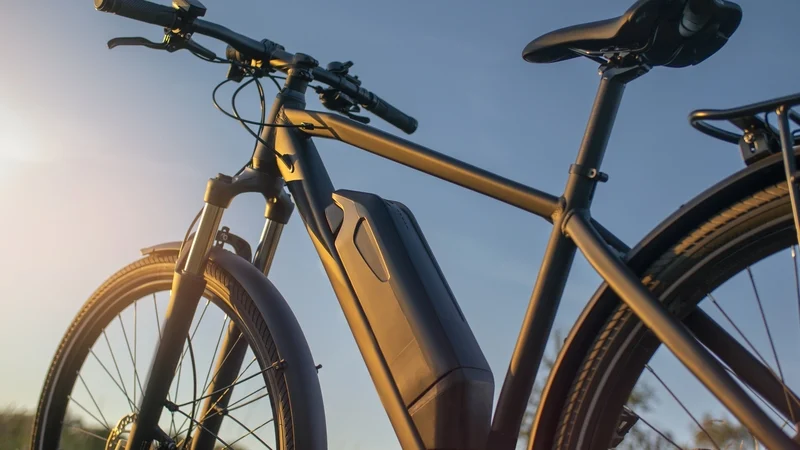Owners of e-bikes have been reminded that if their bike has a wattage higher than 250, it needs to be insured.
The Maximum Continuous Output for the most popular category of e-bikes, which do not require tax or insurance, is limited to 250w, but the motors on bikes in this category can sometimes produce more power for a short time, for example, when a bike is going up a hill.
There are other categories of e-bike where the maximum continuous power is higher than 250w and/or where the motor does not cut at speeds over 25km/h but continues up to 45km/h.
These types of e-bikes or e-mopeds need to be registered and insured and are subject to an annual road tax.
Speaking on RTÉ’s Today with Claire Byrne, personal injuries solicitor and senior counsel Stuart Gilhooly said that people buying e-bikes should research if insurance is needed.
“I think you need to be very careful when you’re purchasing an e-bike now,” he said.
“The rule is if it’s under 250 watts then it’s still deemed to a pedal bike, and it doesn’t require insurance.
“But if it’s over 250 watts, it is deemed to be mechanically propelled vehicle, which under the law requires insurance.”
The laws on e-bike insurance changed last May, and cases have been taken against the Motor Insurance Bureau, who cover uninsured vehicles, said Mr Gilhooly.
Mr Gilhooly said that many people are still not aware of the requirements.
“That’s probably something that wasn’t entirely clear, although it has been the law now for just less than a year,” he said.
“I certainly don’t think that this has got out into the general public that this is a requirement… I think people could find themselves personally liable.”
Mr Gilhooly said that an awareness campaign is needed to ensure people were aware of the risks they are taking with e-bikes.
“I think there should be a lot of pressure on those who are selling bikes to make sure that they inform the people who are buying them what they require,” he added.















